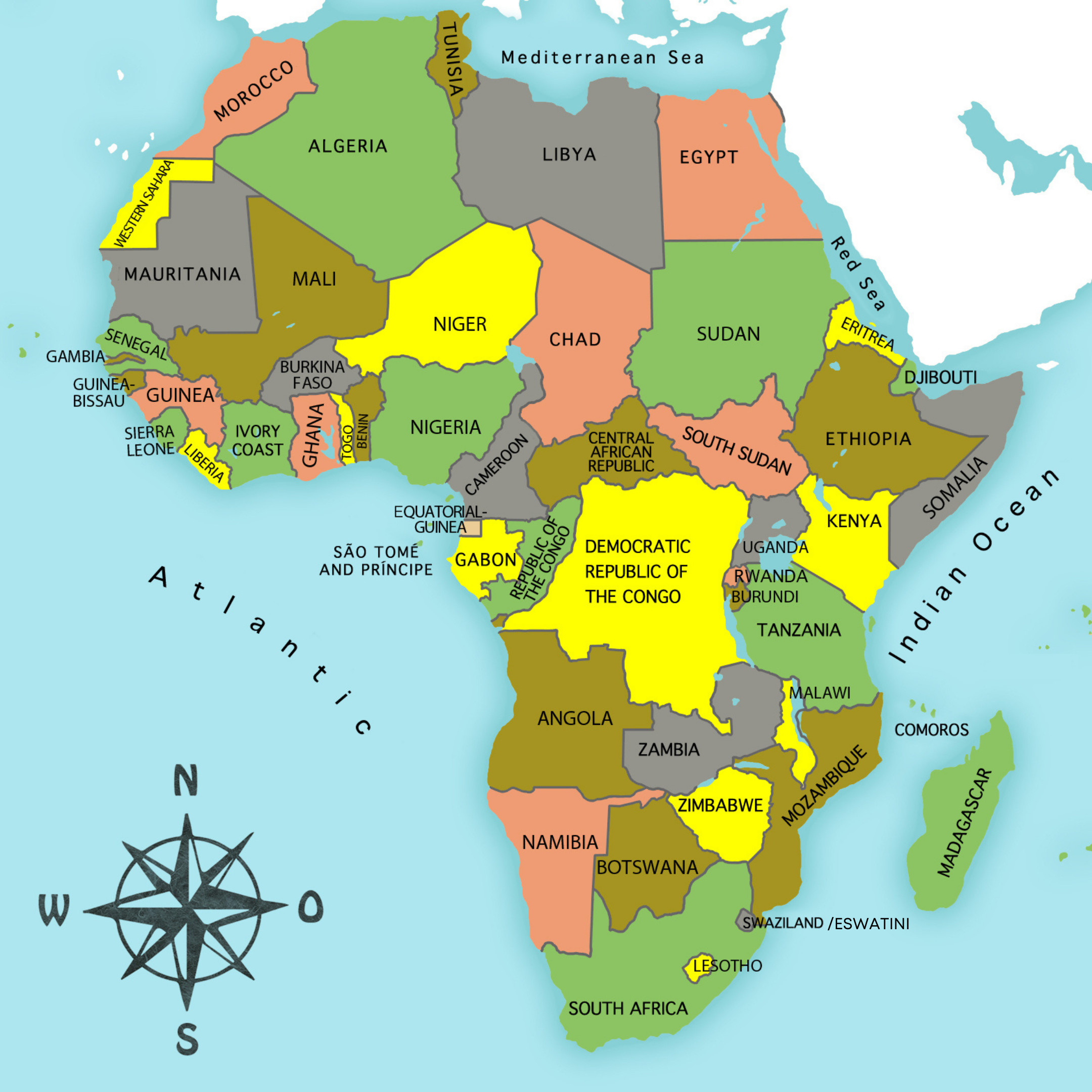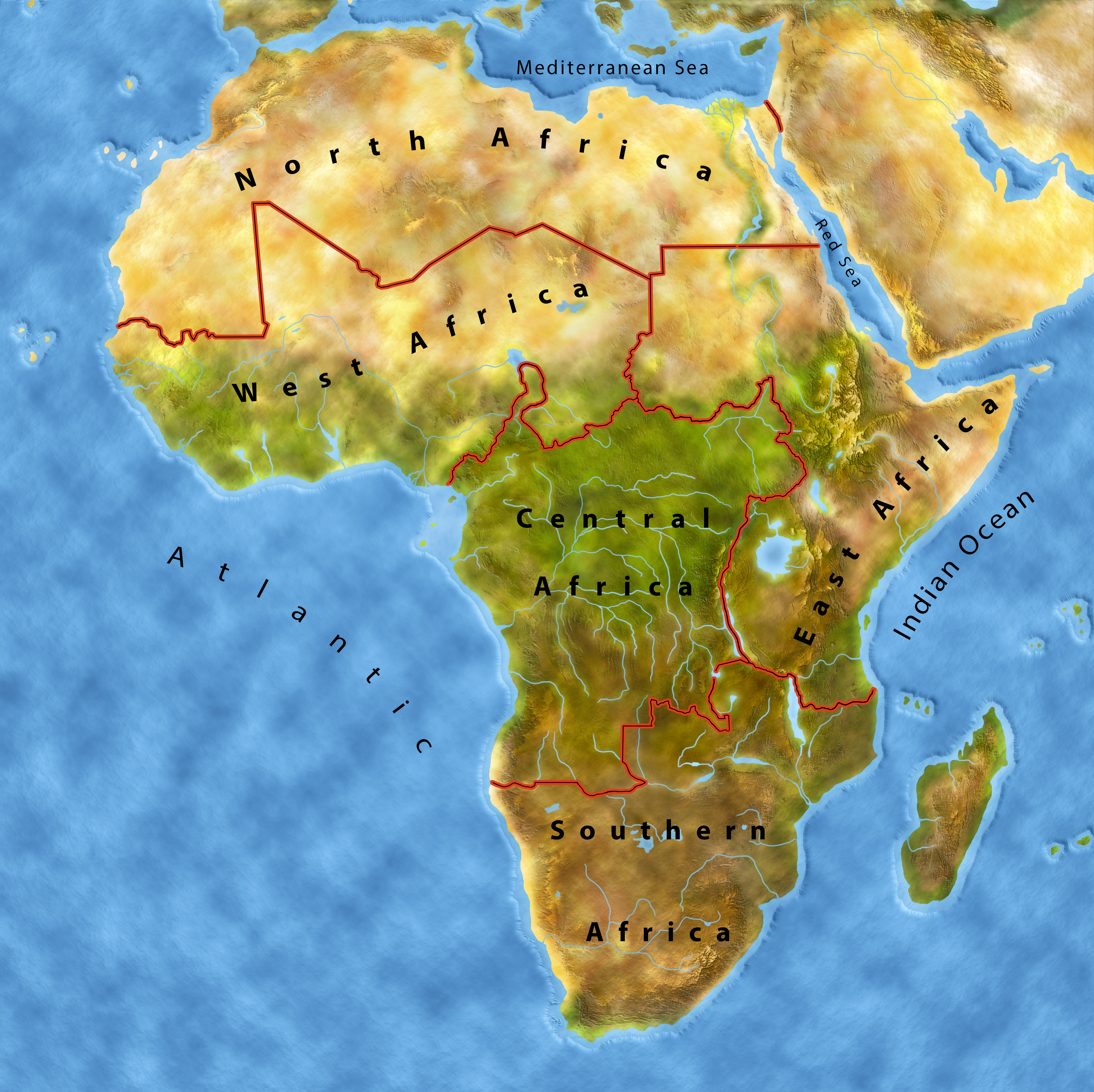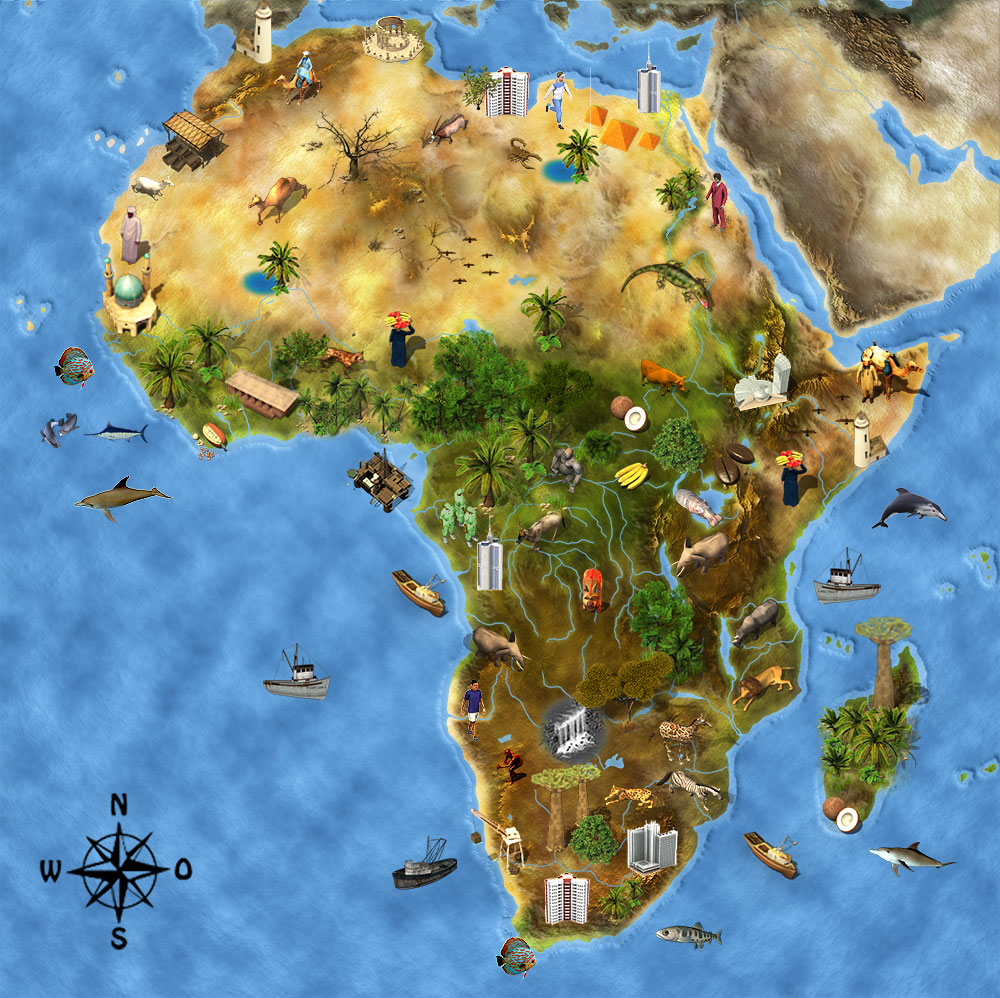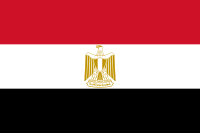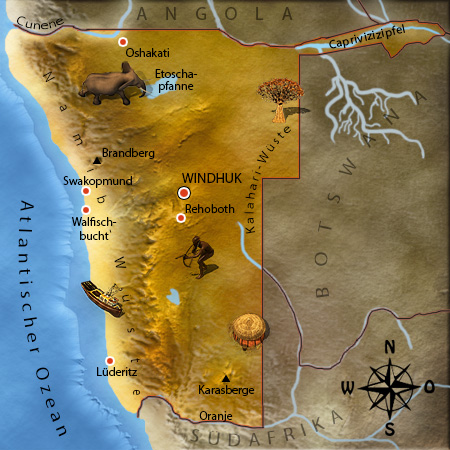Hello, howzit and welcome to Namibia, the amazing desert country in southern Africa!
Location and Landscape
Namibia lies in southern Africa on the Atlantic Ocean. It is twice as big as Germany. However, with only 2,2 Million inhabitants it is the most thinly populated country in the world. Angola lies north of Namibia and Botswana to the east. The Orange River forms a natural border to South Africa. A huge high plateau, with only desert on either side, stretches across the interior of Namibia. The Kalahari Desert is advancing further into the country. The west is covered with the Namib desert. The most hostile desert in the world is the namesake of Namibia and covers the entire coast. The Caprivi Strip protrudes like a finger into the interior of the continent.
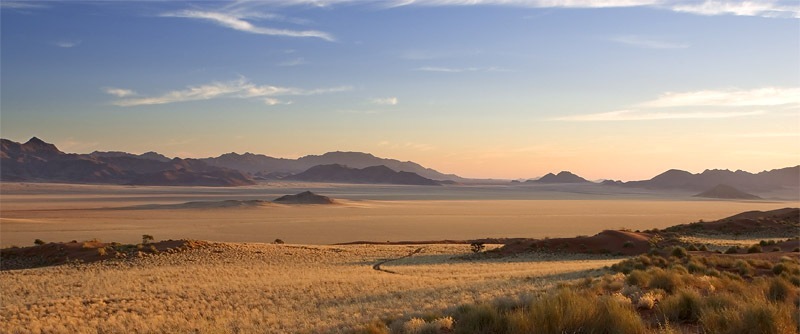
The dry and hot climate allows luscious vegetation only in the highlands. Shea trees, balsam trees, stinkwood or elephant's foot grow here. The Quiver Tree Forest- seen on the right hand side- is a distinctive feature in southern Namibia. Quiver trees grow up to 9 metres and have a thick, waxy trunk. Their name stems from the fact that the Bushmen of Namibia made quivers for their arrows out of its branches.
The Skeleton Coast
The skeleton coast in the north-west of Namibia is one of the most hostile landscapes in the world. Geologically, it belongs to one of the oldest rock formations on earth. It has a phenomenal age of 1,5 million years.

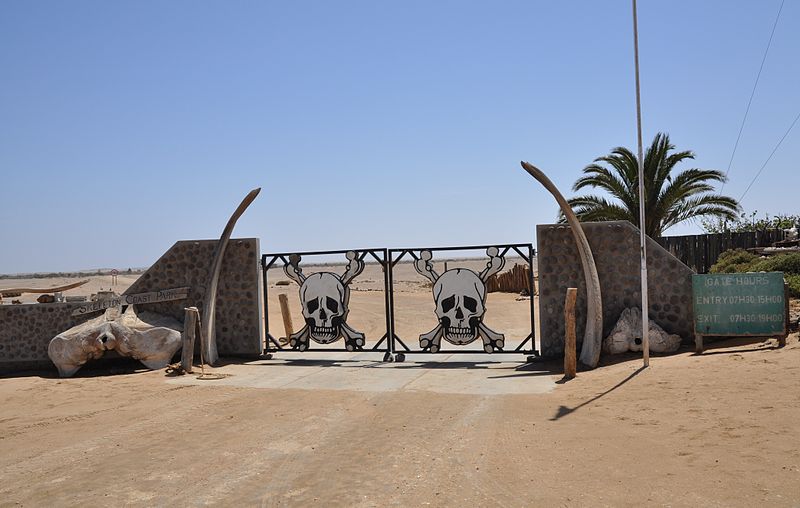
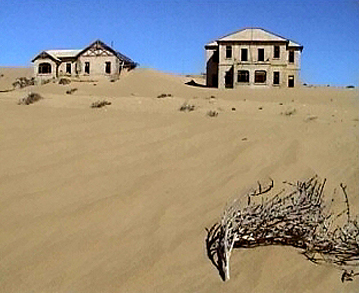
The skeleton coast got its name from the ships, which sank here due to stormy weather. The beach is lined with rustey ship hulls, which have been washed up here for many centuries. The sailors who survived the shipwrecks and made it to land often died of thirst in the dry desert. Have you ever been in a ghost town? Kolmannskop is such a ghost town built by German settlers who worked in the diamond fields. Shortly after all diamonds had been dismantled, they left the town.
Magical locations in Namibia
The Brandberg Mountains are located in the west of the country, about 90 Km from the Atlantic Ocean. The Königstein (German for 'King's Stone'), a part of the Brandberg Mountains, is the highest mountain in Namibia with 2573m. The name 'Brandberg' originates from the glowing colour which appears in the mountains when the sun shines on it from the west. The Herero call the Brandberg 'Omukuruwaro', the 'mountain of the Gods'.
Twyfelfontein is the name of a valley with a spring in the dry Damaraland. The region is covered with thousands of rock carvings, which belong to the oldest display in Africa. For millenniums, the old folk of Namibia, the Bushmen, held their rituals here.
Windhoek, Namibia's Capital
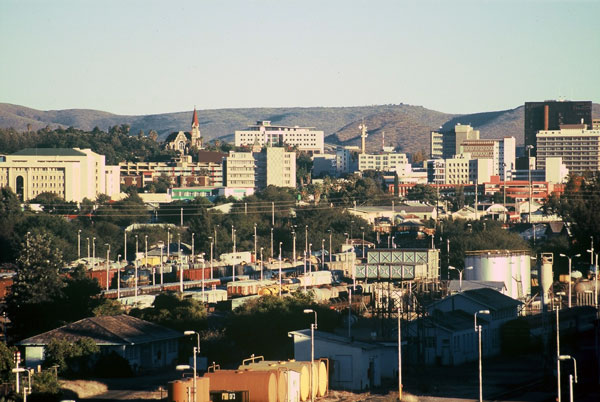 The capital city Windhoek lies on the high plateau in the middle of Namibia. Windhoek was founded by white settlers at the site of a permanent spring. It developed rapidly after a church was built. The capital was later developed out of this settlement. Today Windhoek is the political and cultural center of Namibia. Around 350.000 people are living in the town. The photo on the right shows a view of Windhoek from the freight yard.
The capital city Windhoek lies on the high plateau in the middle of Namibia. Windhoek was founded by white settlers at the site of a permanent spring. It developed rapidly after a church was built. The capital was later developed out of this settlement. Today Windhoek is the political and cultural center of Namibia. Around 350.000 people are living in the town. The photo on the right shows a view of Windhoek from the freight yard.
Peoples and Languages
Most of the Namibians are black African, only a small minority is white. Himba, Herero, Nama, Khoikhoi and Bushmen live here, as well as the descendents of white settlers. The official language is English but you also hear many other languages, as most of the Africans speak the language of their people. The language of the Bushmen can be picked out of all these African languages straight away, as it consists of click sounds.
Holidays and Festivals
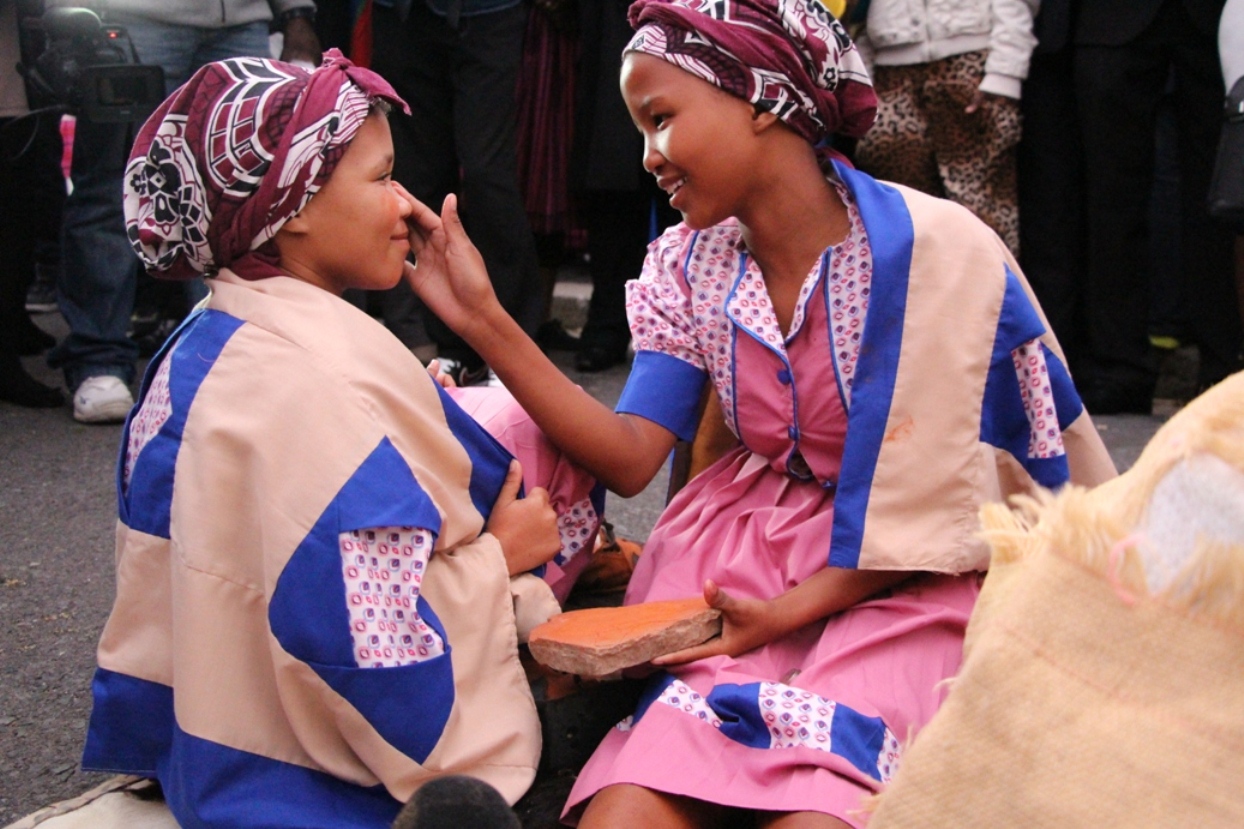 There are 13 public holidays in Nambia. The Namibians are consistent in their holidays- if a public holidays lands on a Sunday, the day after will generally be treated as a public holiday. The national holiday is on the 21st March and this day of independence is celebrated with colourful parades. Herero Day is a special day- this day is celebrated in the city of Okahandja on the last weekend in August. The Battle of Waterberg and the Herero leaders Tjamuaha and Samuel Maharero who were buried there are remembered.
There are 13 public holidays in Nambia. The Namibians are consistent in their holidays- if a public holidays lands on a Sunday, the day after will generally be treated as a public holiday. The national holiday is on the 21st March and this day of independence is celebrated with colourful parades. Herero Day is a special day- this day is celebrated in the city of Okahandja on the last weekend in August. The Battle of Waterberg and the Herero leaders Tjamuaha and Samuel Maharero who were buried there are remembered.
Schools and Education
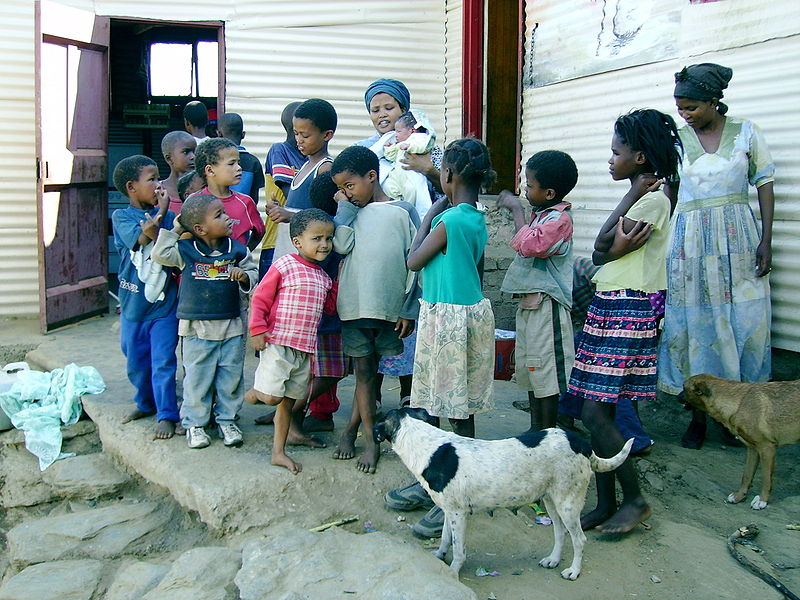 In the cities of Nambia you can attend kindergardens and pre-school, like the Pinocchio Kindergarden in the picture on the left. In the rural areas children are a part of the farm life. They study for school on the side. Due to the long distances to the next towns, farm schools are established on the farms. Here children from different grades are taught together. The younger pupils profit from the knowledge of the older pupils. Schools, trade schools and High Schools in the cities are organised similarly to our schools. Nambia also has the most German-speaking schools and kindergardens in Africa.
In the cities of Nambia you can attend kindergardens and pre-school, like the Pinocchio Kindergarden in the picture on the left. In the rural areas children are a part of the farm life. They study for school on the side. Due to the long distances to the next towns, farm schools are established on the farms. Here children from different grades are taught together. The younger pupils profit from the knowledge of the older pupils. Schools, trade schools and High Schools in the cities are organised similarly to our schools. Nambia also has the most German-speaking schools and kindergardens in Africa.
Namibia's Animal Kingdom
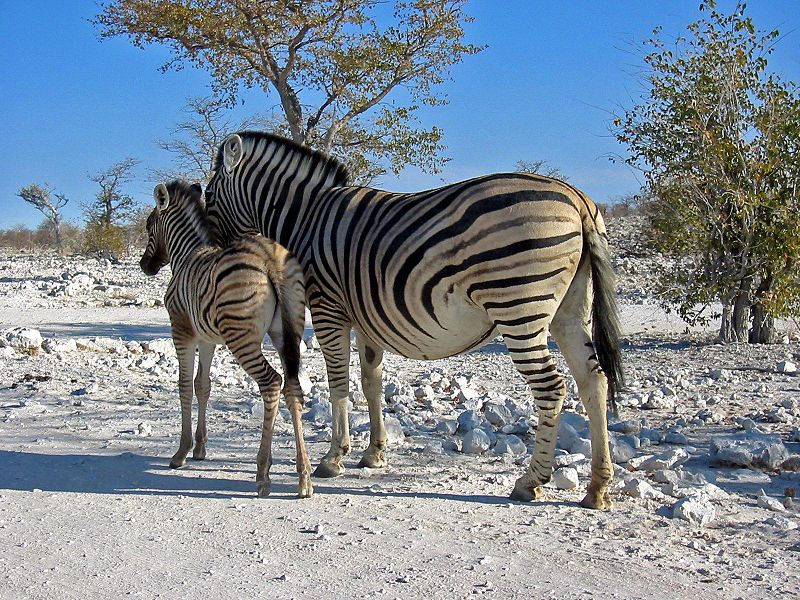 Despite Namibia's inhospitable landscape, many animals live in Nambia. The government established many spacious reserves. The largest reserve is the Etosha National Park. By the water reserves of the park, you can see most of the animals of the savanna. A few animals, such as the gemsbok, have even adapted to the extreme living conditions of Sossusvlei. As well as mammals, there are lizards, snakes, geckos and beetles which ensure the desert stays alive.
Despite Namibia's inhospitable landscape, many animals live in Nambia. The government established many spacious reserves. The largest reserve is the Etosha National Park. By the water reserves of the park, you can see most of the animals of the savanna. A few animals, such as the gemsbok, have even adapted to the extreme living conditions of Sossusvlei. As well as mammals, there are lizards, snakes, geckos and beetles which ensure the desert stays alive.
![]() More about the animals in the Namib
More about the animals in the Namib
Economy and Natural Resources
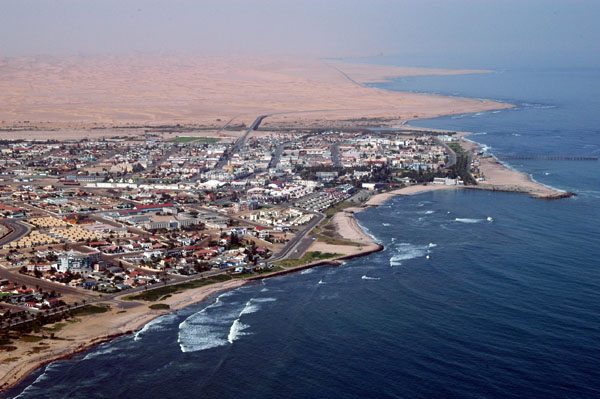
Namibia is Africa's fourth largest producer of minerals and diamonds. Fish and fish products, copper and lead are the most important export goods of Nambia. After tourism, mining is the most important branch of the economy sector. The rich amounts of diamonds and uranium ore sources have allowed Namibia to be one of the wealthiest countries in southern Africa. There is a good railway system in mining areas. The railway system in Nambia originates from the German colonial period. It connects all the major areas in Namibia and is necessary to the transport of goods.
History
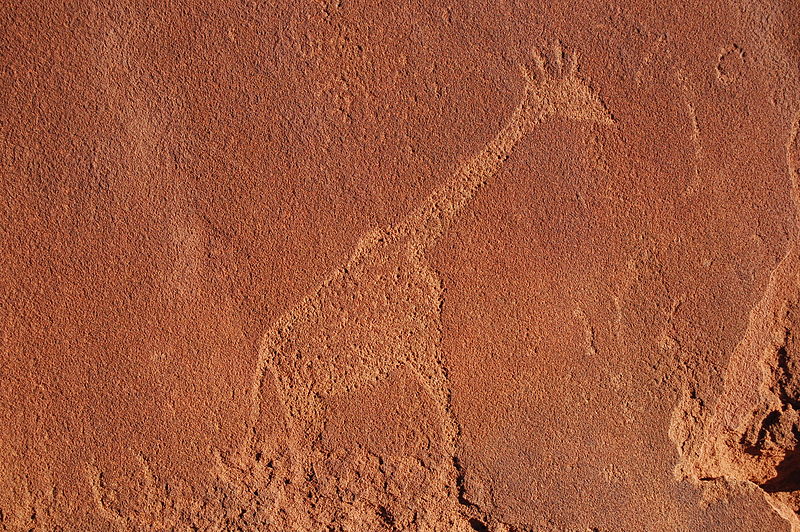 The varied history of Namibia can be found in almost every corner of the country. The earliest rock carvings originate from the natives of Namibia, the San. On the skeleton coast, you will come across traces of the first landing of the Europeans and on the southern coastal area you can see the left-overs of the diamond hunters. The sad remnants of the Apartheid era are still to be seen in the cities.
The varied history of Namibia can be found in almost every corner of the country. The earliest rock carvings originate from the natives of Namibia, the San. On the skeleton coast, you will come across traces of the first landing of the Europeans and on the southern coastal area you can see the left-overs of the diamond hunters. The sad remnants of the Apartheid era are still to be seen in the cities.
Namibia Today
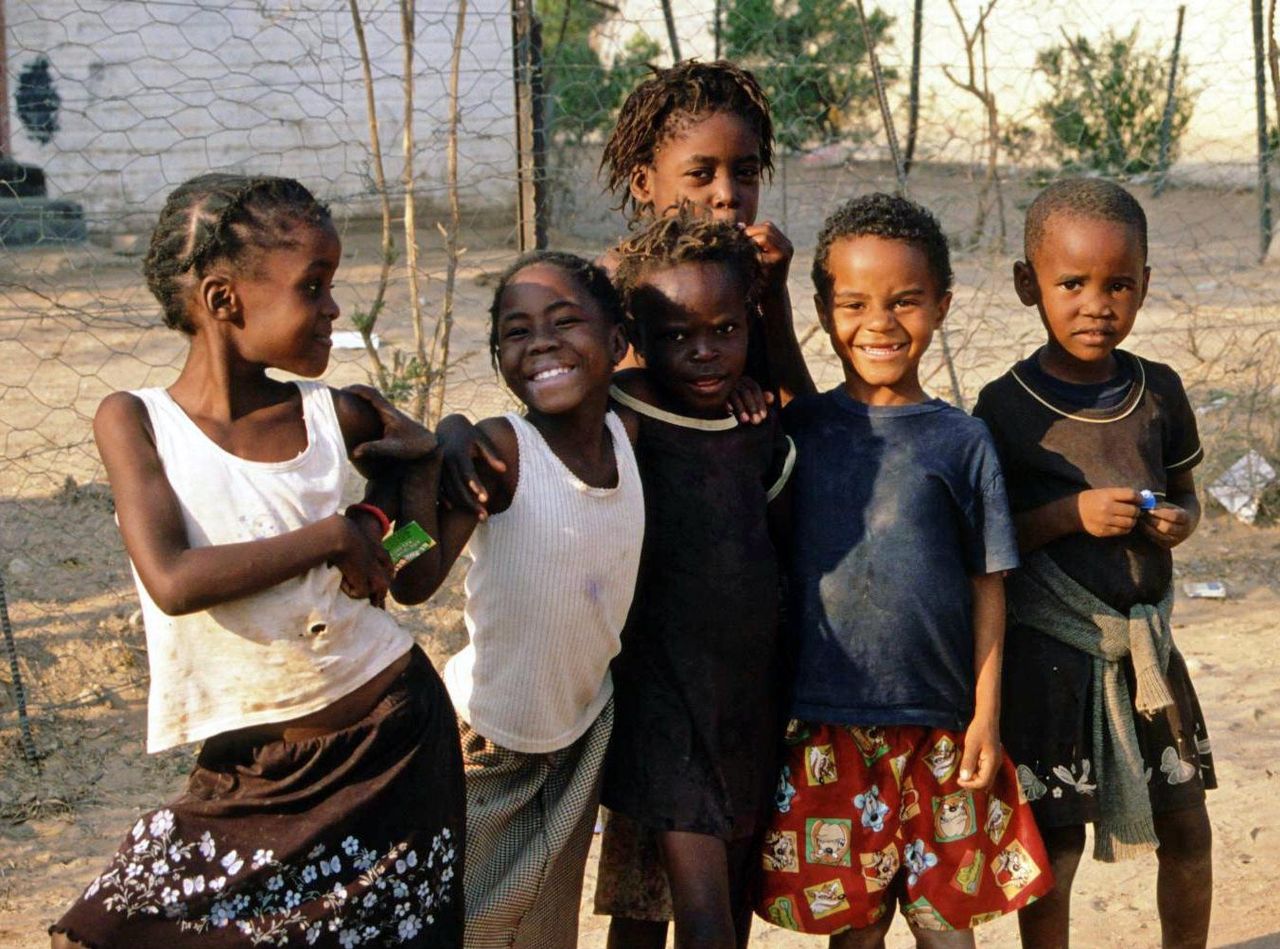 The first democratic vote was in 1989. The party which wanted to abolish the race segregation won. They called themselves SWAPO. They wrote a new constitution, which was designed with the US-American constitution as a guide. With the passing of the constitution on 21st March 1990, Namibia became an independent state. Since then, SWAPO elects both the president as well as the government. There are also many opposition parties. The Homelands, ghettos for the black population, were abolished in 1993. Black people could once again enter every part of the city and send their children to every type of school they like. Today, Namibia is a politically stable country with a free press. The seat of parliament, shown on the left, is derisively called 'ink palace' because of the high ink usage of the representatives.
The first democratic vote was in 1989. The party which wanted to abolish the race segregation won. They called themselves SWAPO. They wrote a new constitution, which was designed with the US-American constitution as a guide. With the passing of the constitution on 21st March 1990, Namibia became an independent state. Since then, SWAPO elects both the president as well as the government. There are also many opposition parties. The Homelands, ghettos for the black population, were abolished in 1993. Black people could once again enter every part of the city and send their children to every type of school they like. Today, Namibia is a politically stable country with a free press. The seat of parliament, shown on the left, is derisively called 'ink palace' because of the high ink usage of the representatives.


